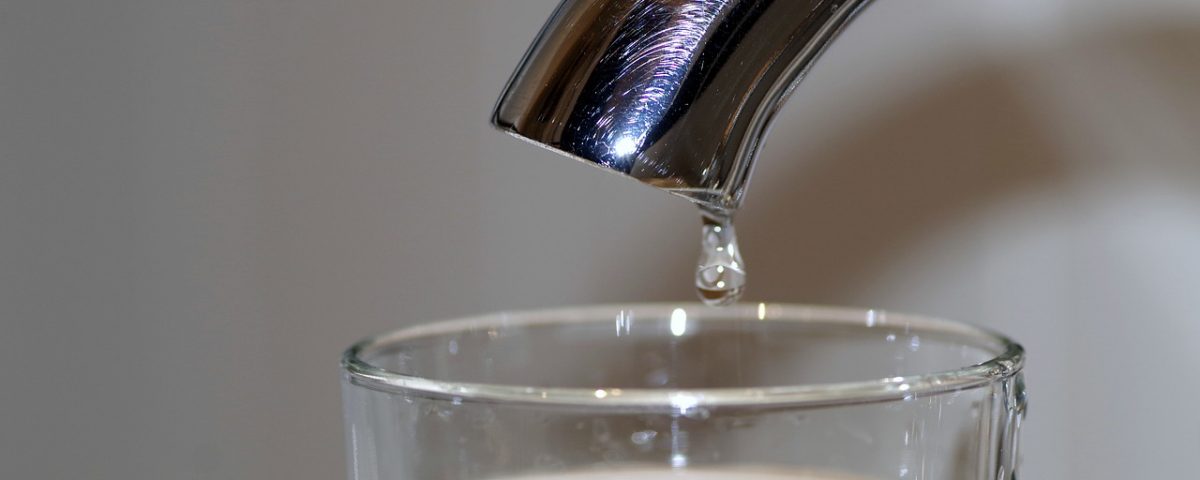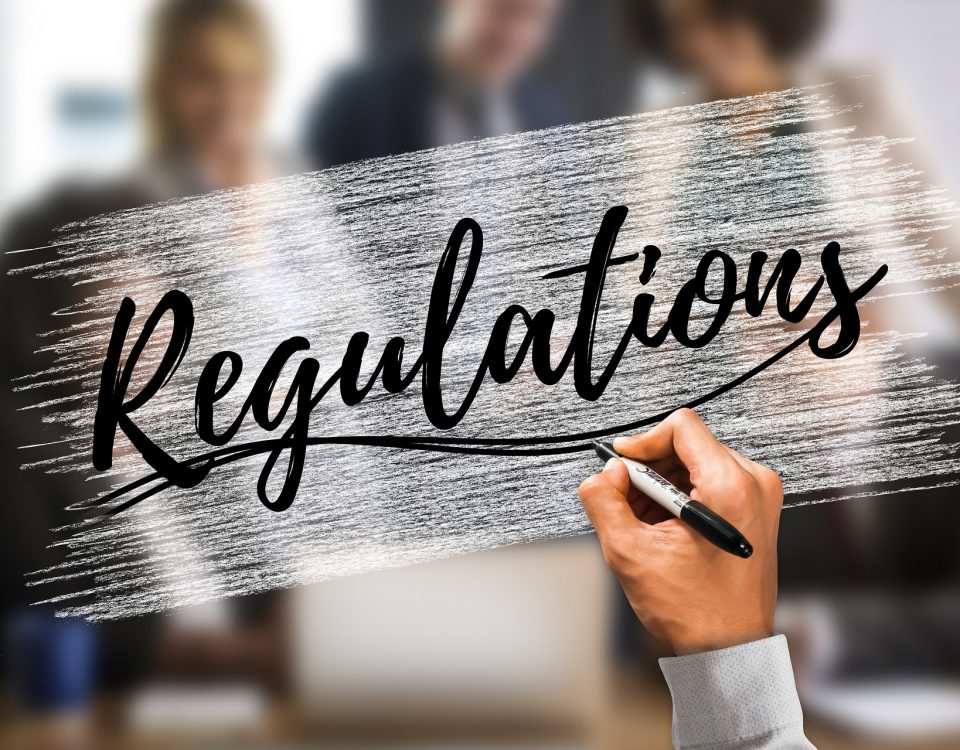
Solar Eclipse Tips
July 28, 2017
Season Defoliators
July 28, 2017Drink Up! Our Tap Water Quality in Fairfax County

Turning on the tap and having an affordable, reliable source of high-quality water is something most of us take for granted in Fairfax County. Taking care of our water is a joint effort by the county and Fairfax Water, as well as other local, state, and federal entities. The team of approximately 400 employees at Fairfax Water is responsible for the water that comes into your home for drinking, cooking, washing, etc.
Pour yourself a glass of water and learn more about what you are drinking.
How Is My Water Quality?:
Our water quality in Fairfax County is excellent. As a Fairfax Water customer, the water you drink consistently surpasses all federal and state standards. Fairfax Water tests for approximately 177 compounds, including nitrates (runoff from fertilizers) and fluoride (additive to promote dental health.) The testing is done by Fairfax Water’s Water Quality Laboratory.
What about lead?:
Our sources for water do not contain lead and Fairfax Water’s distribution system does not contain lead pipe. However, if you have an older home built before 1986, your plumbing may contain some lead. If you have concerns about the plumbing in your home affecting the lead levels in your water, contact Fairfax Water’s Customer Service Department at 703-698-5800 (TTY 711) for information about lead-level testing.
Where Does My Water Come From?:
Fairfax Water draws raw water from two primary sources: the Potomac River and the Occoquan Reservoir, which is fed by the Occoquan River. The four plants that treat your water feed an interconnected distribution system. The Frederick P. Griffith Jr. plant treats water from the Occoquan Reservoir and the three other facilities treat water from the Potomac, including the James J. Corbalis Jr., McMillan, and Dalecarlia plants.
How Is Our Water Treated?:
All four of the water treatment plants use advanced technologies and practices in drinking-water treatment, which is the process of cleaning raw water to make it safe for you to drink. A summary of the treatment, includes these steps:
- Untreated water enters the treatment plants and coagulants are added to cause small particles to adhere to one another, become heavy and settle in a sedimentation basin.
- Water is then filtered through activated carbon and sand to remove the remaining fine particles and disinfected with chlorine to kill harmful bacteria and viruses.
- Additional steps include adding fluoride and treatments to remove taste or odor-causing compounds.
Want to Know More?:




